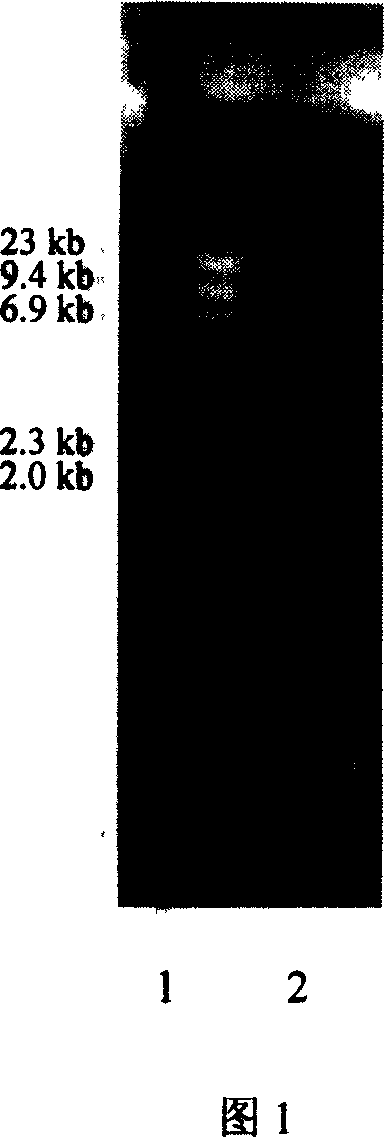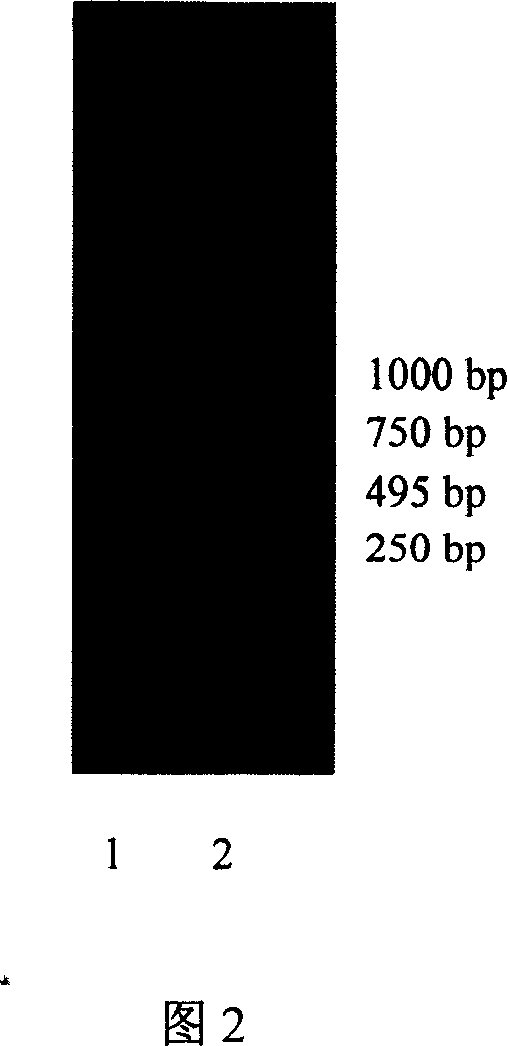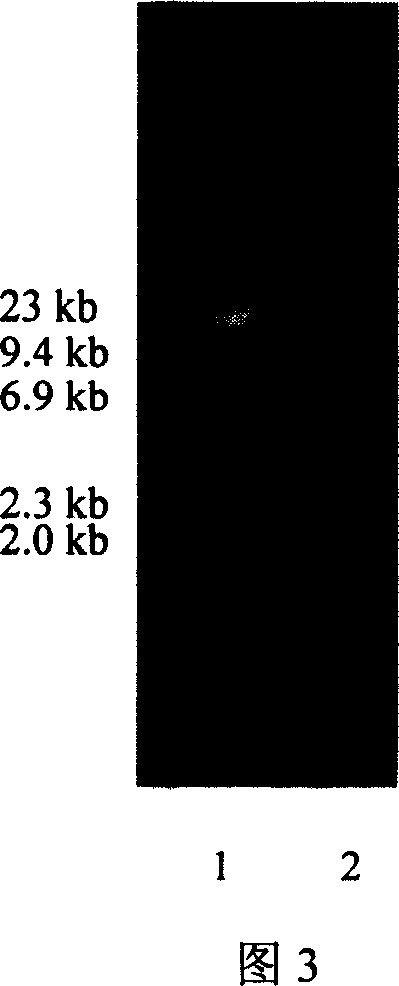Cryophilous proteinase gene mcp01 and its prepn process
A technology for cold-adapting protease and protease, which is applied in the field of new deep-sea cold-adapting protease gene and its preparation, and can solve the problems of difficulty in sampling and cultivation, and few researches on deep-sea microorganisms, etc.
- Summary
- Abstract
- Description
- Claims
- Application Information
AI Technical Summary
Problems solved by technology
Method used
Image
Examples
Embodiment 1
[0192] The coding gene fragment sequence of the novel deep-sea cryogenic protease deseasin MCP-01 is SEQ ID NO.1 as described above. The corresponding relationship between nucleotides and encoded amino acids in genes is also as described above. The genome DNA fragment has a total of 2676bp, which contains a 2508bp open reading frame encoding protease deseasin MCP-01, the start codon is located at 143bp, the stop codon is located at 2648bp, and a total of 835 amino acids are encoded.
Embodiment 2
[0193] Embodiment 2: gene fragment cloning method of the present invention
[0194] Source of strain: Pseudomonas sp.SM9913 was isolated from seabed sediments at a depth of 1855 meters. See Chen Xiulan et al., "Low-temperature protease produced by deep-sea psychrotroph SM9913", "Marine Science" 2001, Vol. 5, No. 1, pp. 4-8.
[0195] The specific method is as follows:
[0196] 1. Purification of MCP-01
[0197] (1) The Pseudomonas sp.SM9913 bacterial suspension was inoculated in the fermentation medium (corn flour 2%, bran 1%, soybean meal 2%, Na 2 HPO 4 0.4%, K 2 PO 4 0.03%, CaCl 2 0.1%, aged seawater (pH7.5), 50ml / 500ml, 12°C, 180 rpm, cultured for 72 hours.
[0198] (2) After culturing, collect the culture medium, centrifuge at 11000 rpm for 15 minutes at 4°C, take the supernatant, add ammonium sulfate powder to 55% saturation while stirring in an ice bath, then 10,000 rpm at 4°C Centrifuge for 1 minute, remove the supernatant, and dissolve the pellet in 50 mM Tri...
PUM
 Login to View More
Login to View More Abstract
Description
Claims
Application Information
 Login to View More
Login to View More - R&D
- Intellectual Property
- Life Sciences
- Materials
- Tech Scout
- Unparalleled Data Quality
- Higher Quality Content
- 60% Fewer Hallucinations
Browse by: Latest US Patents, China's latest patents, Technical Efficacy Thesaurus, Application Domain, Technology Topic, Popular Technical Reports.
© 2025 PatSnap. All rights reserved.Legal|Privacy policy|Modern Slavery Act Transparency Statement|Sitemap|About US| Contact US: help@patsnap.com



